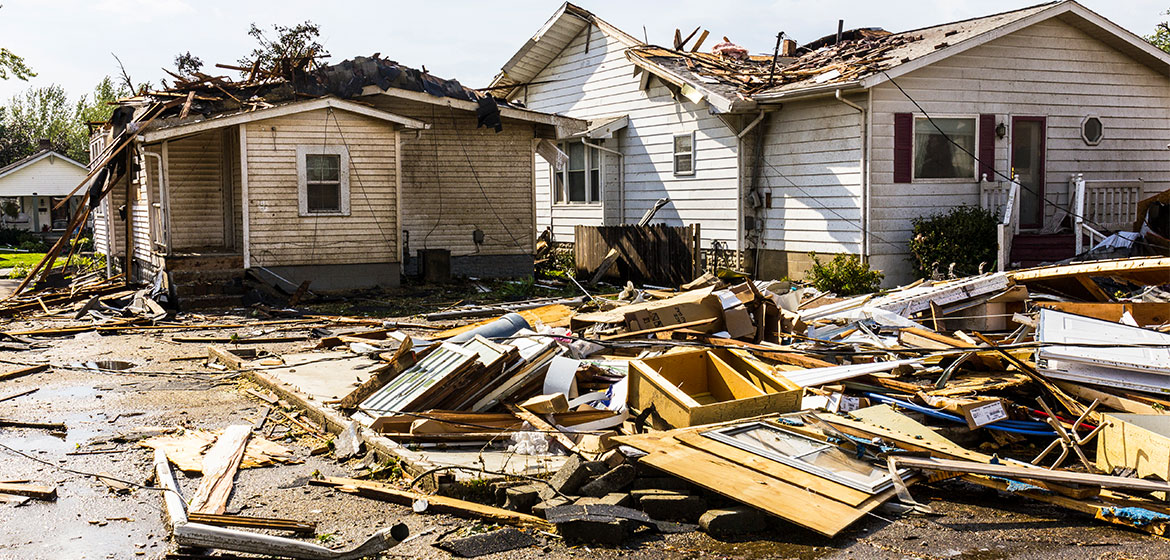Understanding The Definition Of Perils In Insurance

Insurance policies are designed to protect you from unforeseen risks and events that could result in financial losses. One type of insurance policy that provides coverage for specific risks, known as perils, is a named perils policy. But what exactly are perils? In this article, we will delve into the perils definition and what they mean in named perils policies.
What Are Perils?
In the context of insurance, “perils” refer to specific risks or events that may cause damage or loss to your property. These can include natural disasters such as fires, earthquakes, hurricanes, and floods, as well as man-made risks such as theft, vandalism, or explosions. Perils are events that are beyond your control and can result in financial losses. Insurance policies are designed to provide coverage for these perils, protecting you from potential financial burdens.
For example, a homeowner’s insurance policy may provide coverage against perils such as fire, theft, vandalism, and water damage, while a business insurance policy may provide coverage against perils such as liability claims, property damage, or business interruption due to a covered event.
What Are Named Perils?
Insurance policies typically list the perils that are covered, and these are known as “named perils.” Named perils are explicitly listed in the policy, and coverage is provided only for those specific events. Any other risks or perils not listed will not be covered. Named perils policies typically provide more limited coverage compared to comprehensive or all-risk policies, which provide coverage for a broader range of risks unless specifically excluded.
Definition of Perils in Named Perils Policies
To effectively understand named perils policies, it’s crucial to carefully review and comprehend the definition of perils as stated in the policy. The definition of perils can vary depending on the insurance company and policy language, so it’s important to read and understand the specific terms and conditions of your policy. Here are some key points to consider when understanding the definition of perils in named perils policies:
- Coverage Limitations and Exclusions: Named perils policies typically list the specific perils that are covered, and any peril that is not listed will not be covered. It’s essential to review the list of covered perils to ensure that the risks that you are most concerned about are included in the policy. This type of policy may also specify exclusions, and some common exclusions may include intentional acts, wear and tear, pollution, or acts of war.
- Limits of Liability: Named perils policies may also specify limits of liability for each named peril, which is the maximum amount that the insurance company will pay for a covered loss. It’s essential to understand the limits of liability for each peril to ensure that you have adequate coverage in the event of a loss.
- Deductibles: Named perils policies may also include deductibles, which are the amounts that you are responsible for paying out of pocket before the insurance coverage kicks in. Deductibles can vary depending on the peril and the policy, so it’s important to understand the deductible amounts and how they may affect your coverage.
If the terms and conditions of your policy are unclear, please feel free to schedule a free claim review with us. We understand the frustration of not knowing what would be covered and what would not be covered in an unforeseen circumstance.